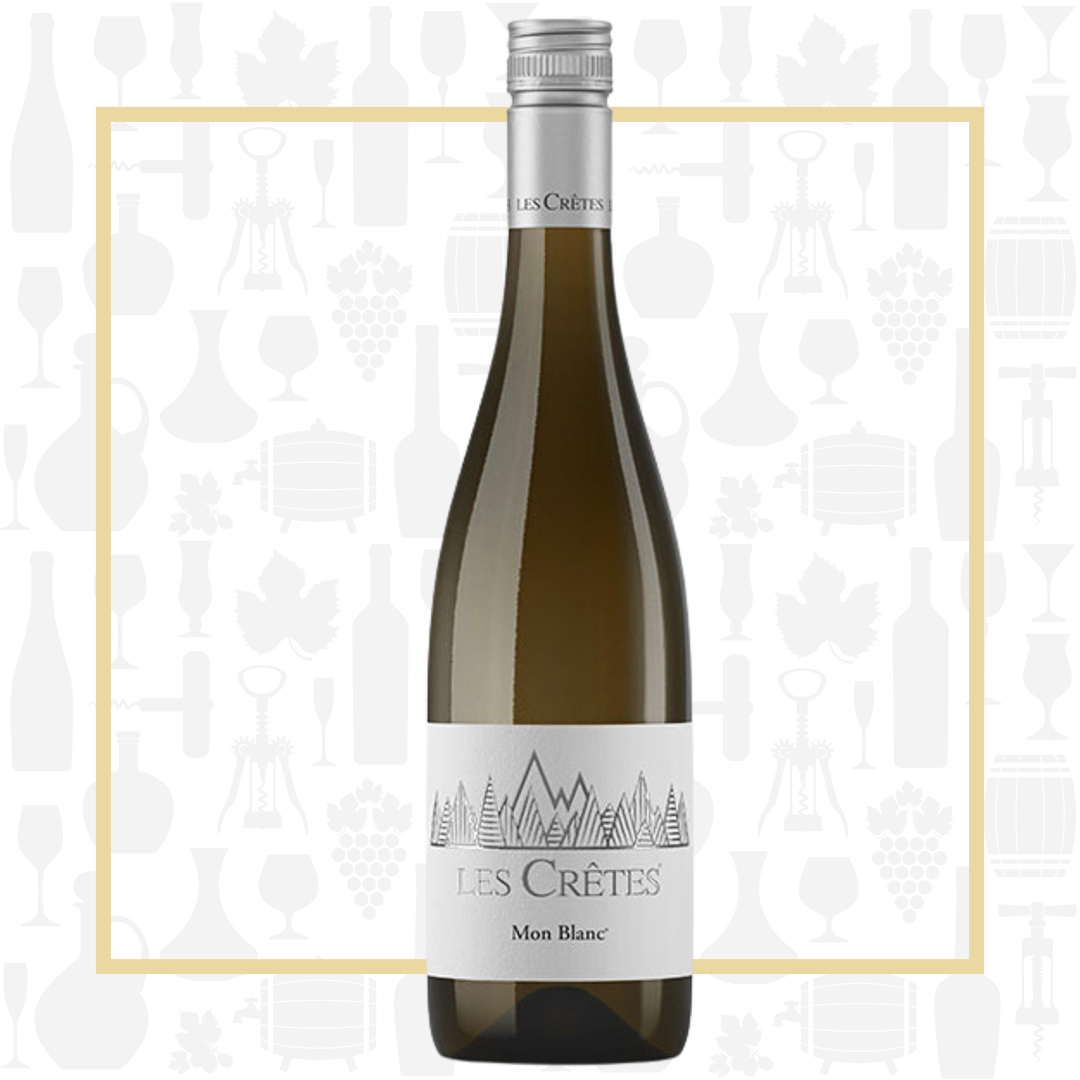Cellar Profile
In the mid 1700s, Bernardin Charrère moved from the Haute Savoie in Southeast France to the Aosta Valley and established Les Crêtes, a mill and farm in Aymavilles. This was in the middle of the 21 square mile Aosta Valley, in the heart of the wine region. In 1810, the family planted 2 hectares of vinifera grapes and the winery was born. The family still continues to craft wines from those vineyards to this day. Consistently recognized as the finest producer in the region, this is a boutique estate by international standards, but the largest privately-owned winery in Val d’Aosta. Working with the Italian government and other tiny vignerons in the region, Les Crêtes has been a pioneer in searching out rare, indigenous vinifera varieties — grapes like Petit Rouge, Mayolet, Prie Blanc, Premetta and Fumin, which exist nowhere else in the world — and helping protect them from extinction. This is one of the most challenging regions on earth to work for wine, with noncontiguous vineyards frequently planted on ledges on the side of steep Alpine mountains where they can find a little sandy soil. Hot summer days and extremely cool nights, coupled with a dry growing season allow for some of the longest hang times on earth. Their wines are powerful yet elegant, with trademark salty minerality – a true representation of this unique Alpine terroir.
Region
Surrounded by the Alps, the Valle d’Aosta is home to the highest elevated vineyards in all of Europe. The region is divided into three main vineyard areas: the upper valley,Valdigne; the central valley; and the lower valley. Most vineyards occupy the steep, south-facing slopes above the Dora Baltea river, a tributary of the Po. The dramatic topography and diminutive size of the valley mean that the area available for viticulture is limited. Much of the valley floor, with its mineral-rich, well-watered soils, is simply too fertile for quality viticulture. As a result, many of the best vineyards here are on the lower slopes, and climb steadily up the slopes to top altitudes of around 1300m above sea level.
Vineyard
Sourced from multiple vineyards throughout Aymavilles at 500-700 metres above sea level. Vines averaging 15 years of age are trained in the French Guyot method and cultivated on steep slopes comprised of morainic, loose, sandy soils which are exposed to the northeast, southeast and southwest.
Winemaking
Hand-harvested grapes from multiple estate vineyards are brought to the winery in small boxes, where they are gently pressed into stainless steel for a long, cool fermentation. Care is taken to avoid malolactic conversion to maintain freshness. The juice spends 3 months on its lees to garner mouthfeel and complexity. Lightly fined before bottling.
Varieties
A blend of indigenous and French varietals, including Petite Arvine, Chardonnay, Müller Thurgau and Pinot Bianco. Petite Arvine is a white grape grown mainly in Valais Switzerland and in Italy’s Valle d’Aosta. It is early budding, late ripening and is somewhat fussy in the vineyard. It needs sunny sites that are protected from the wind so its grapes can reach full ripeness. Wines made from Petite Arvine are defined by their bracing acidity and grapefruit aromas and often show a touch of salty minerality on the palate. Chardonnay is the world’s most famous white-wine grape and also one of the most widely planted. Climate plays a major role in dictating which fruit flavours these wines will have. Warm regions such as California tend to give more tropical styles, while cooler regions and grapes grown at elevation give more green apple and minerality. Müller Thurgau is another cool climate grape that does extremely well at high elevation. A progeny of Riesling, it is quite low in acidity and uses minerality for balance. This aromatic variety was best known for producing oceans of mediocre-to-poor liebfraumilch in the Rheinhessen region of Germany. However, it shows great promise in high altitudes, when care is taken to reduce yields and ripen skins. Pinot Blanc is the white grape mutation of Pinot Noir. It is found mostly in Germany and Northern Italy where it produces refreshing, peachy, dry wines.
Tasting Notes
Ripe white grapefruit, stone fruits and saline minerality on the nose. The palate is zesty and crunchy, with plenty of acidity, but there is also a silkiness mid-palate that makes it a little fatter than you would expect. Stone fruit, green apple and quince notes on the palate, along with that textbook Aosta saltiness. The finish is crisp and dry. Chill lightly and serve with Sole Almandine or cold cut sandwiches. Or enjoy well chilled as an aperitif.

